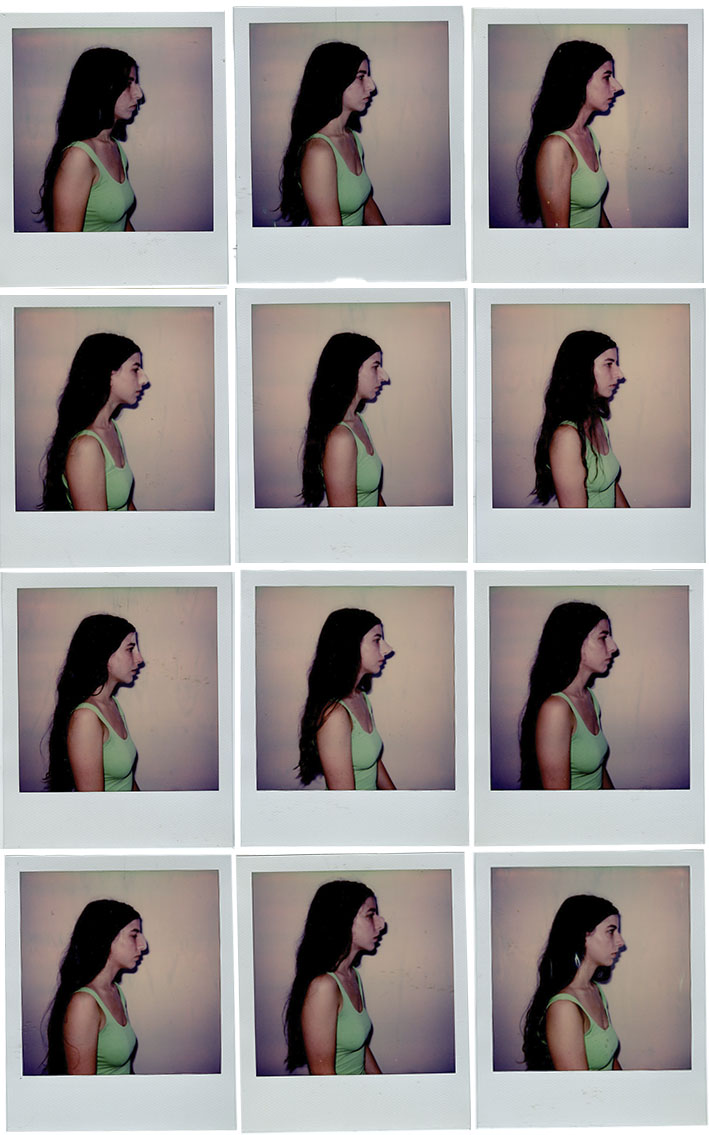Creativity can work in many ways. Times where it works from the inside out, times when it works from the outside in. In Shahar Kramer‘s case, there was a shift that finds the young artist with a foot in both the former and the latter. The pandemic changed many of us but for Kramer that change is even more apparent being that her artistry went from nuanced introspection to a public-spirited tone that relates more to our outer space as opposed to our innerspace. She is undergoing a creative expansion, a great migration that is bringing her closer to honing her message.
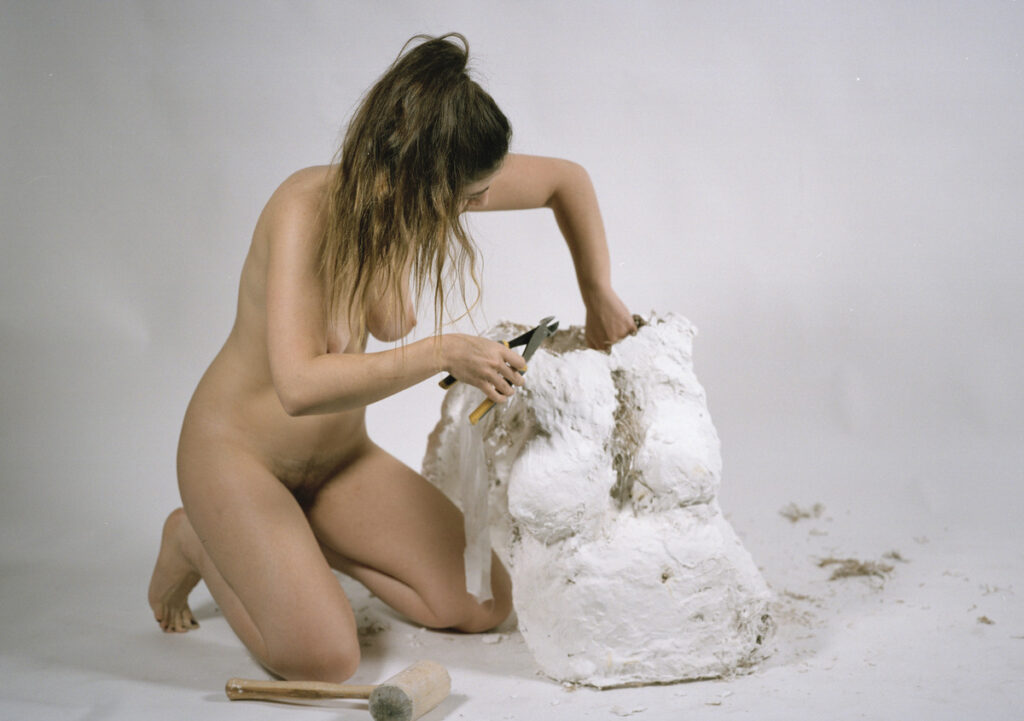
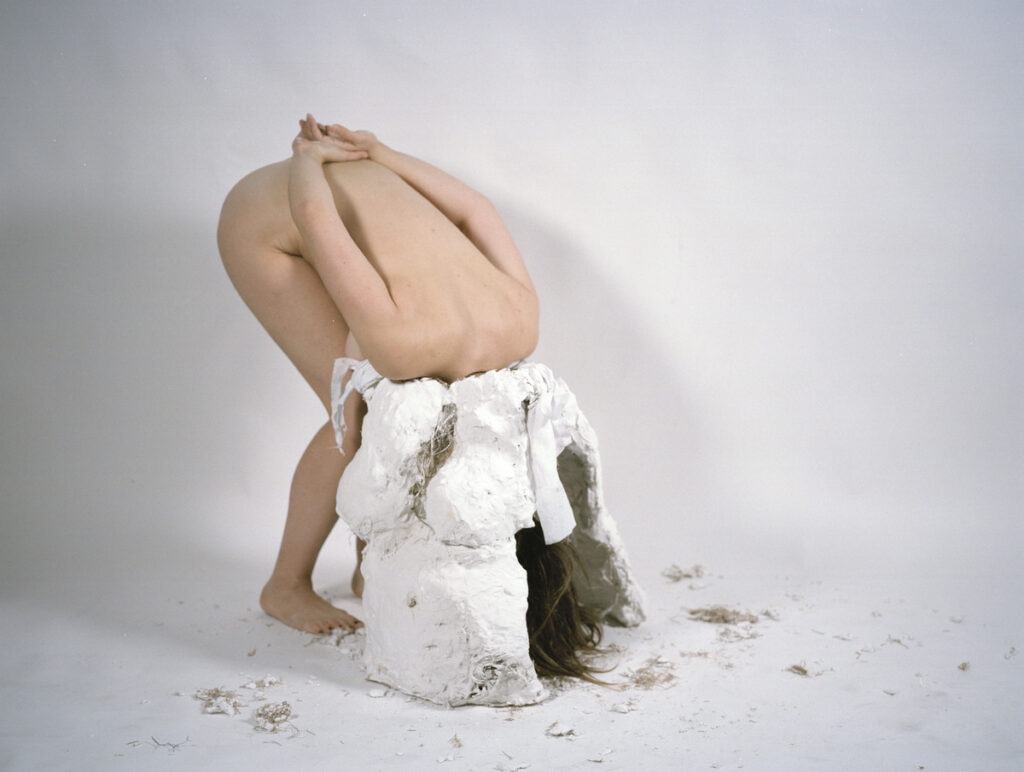
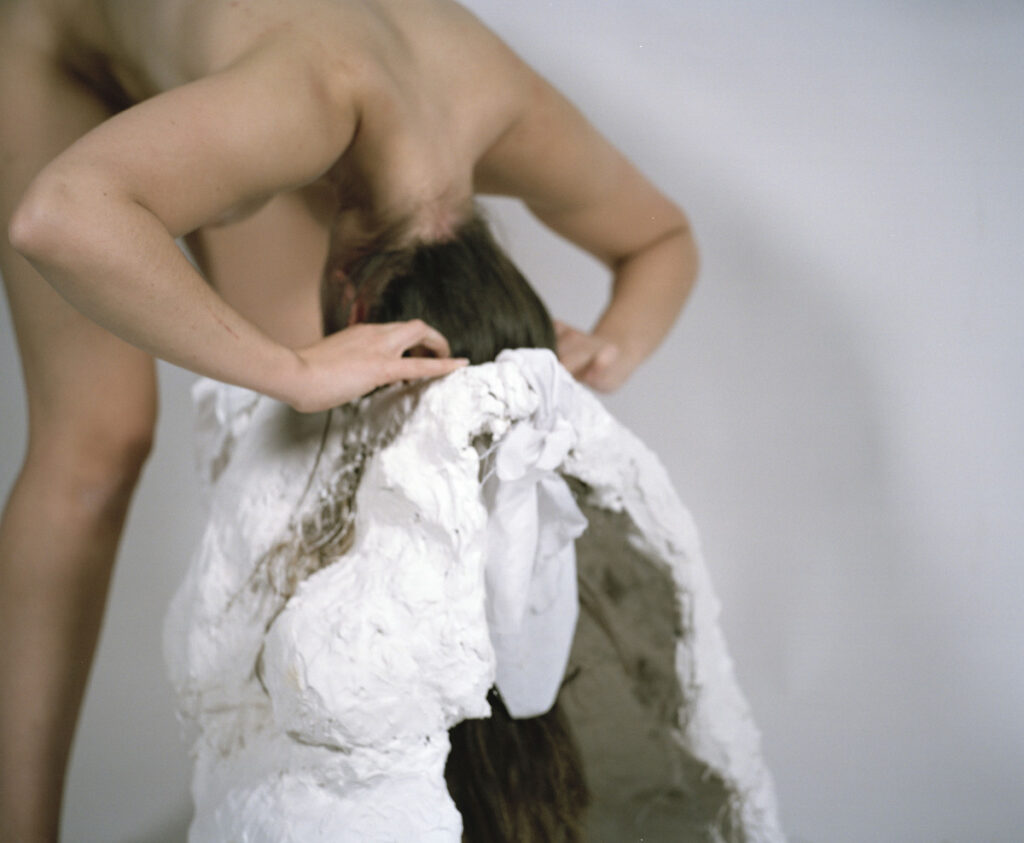
Although Kramer is relatively young and it is still early in her career, this pivot is quite significant. Given the current state of our environment, it is safe to say that conservation and sustainability are issues that are at the forefront of the collective list of concerns. In this vein, Kramer is adopting a new element. The effort to preserve not only ourselves but our surroundings is one that rings true throughout Kramer’s work. While retaining her insight, Kramer has rightfully expanded her horizons. She has placed herself in a new light and in that new light, she has found dual purpose.
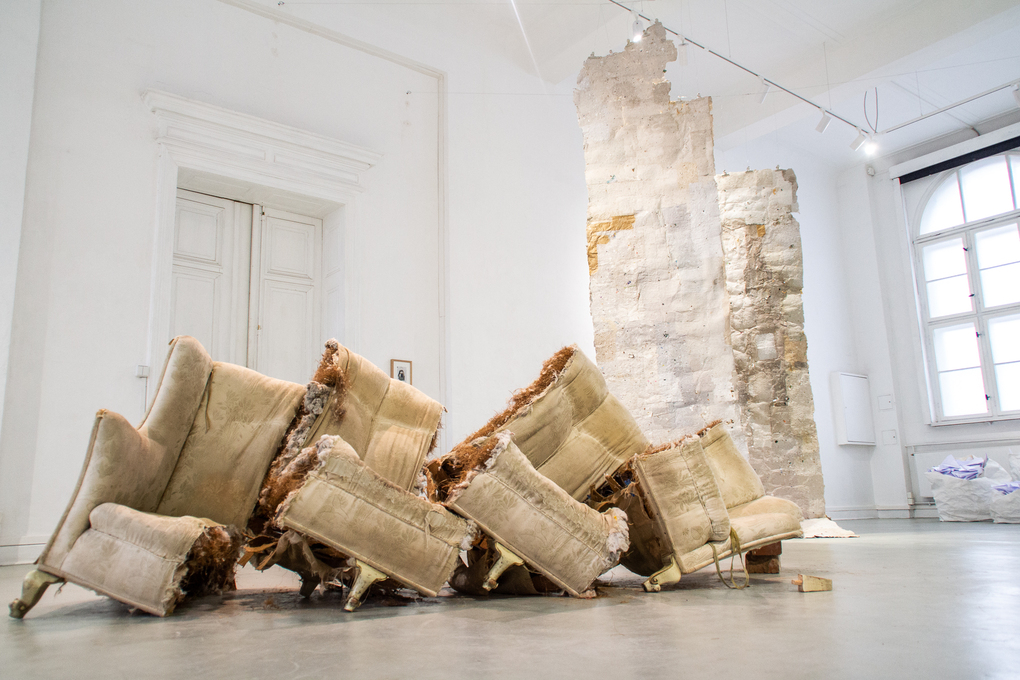
What we are witnessing is a sharpening of conceptual wit. Kramer’s work has a latent sense of humor and that underlying comedic flare is on the verge of becoming even more thoughtful and effective. In some cruel but beneficial twist of fate, the pandemic changed the context of Kramer’s pieces. Within a matter of months, her work was rendered reactive and somewhat novel. However, she tasted the irony and changed her recipe which is evidence of her self awareness. An artist spends a majority of their existence assessing and adapting. In this process, they spawn new versions of themselves. Shahar Kramer has done just that, as she is currently experiencing a brilliant rebirth.
What were your early experiences with creativity? How did you come to the arts?
“Growing up I was involved in theater production until I was about 21. Not so much as in acting but I was doing things like directing, the behind the scenes. I still feel those experiences, theater productions etc, in my work today. I love the fact that in theater you are actually in the same room, physically, with the “thing”. in theater it’s like this parallel universe, this place that exists upon agreement between one and its audience. Like an agreement to imagine, I think that’s really beautiful.
I am still interested in the intersection between the audience and the “thing”, the art object, whatever it might be. I do like more and more to break that 4th wall, and make art that is engaging those “parallels” worlds together.“
Did your upbringing in Tel Aviv inform any of your work?
“Well, not directly, but I think where you grow up always informs aspects of you, and subsequently the work I produce. I was born in Jerusalem, and grew up in Tel Aviv, which is really like a melting pot of cultures, religions, backgrounds. It is a controversial cluster of holiness, and I think the ways it shaped and continues to shape me is a life long question to try to answer. I guess for now I can say the need I have in collaborations and connecting, with others and between people of vastly different backgrounds, is informed by where I come from, for better or worse.“
Although you proudly claim Tel Aviv, you are very much a nomadic artist. How does that translate in your process?
“It’s funny you say tel aviv in relation to a nomadic lifestyle, that makes me think more about being jewish…”
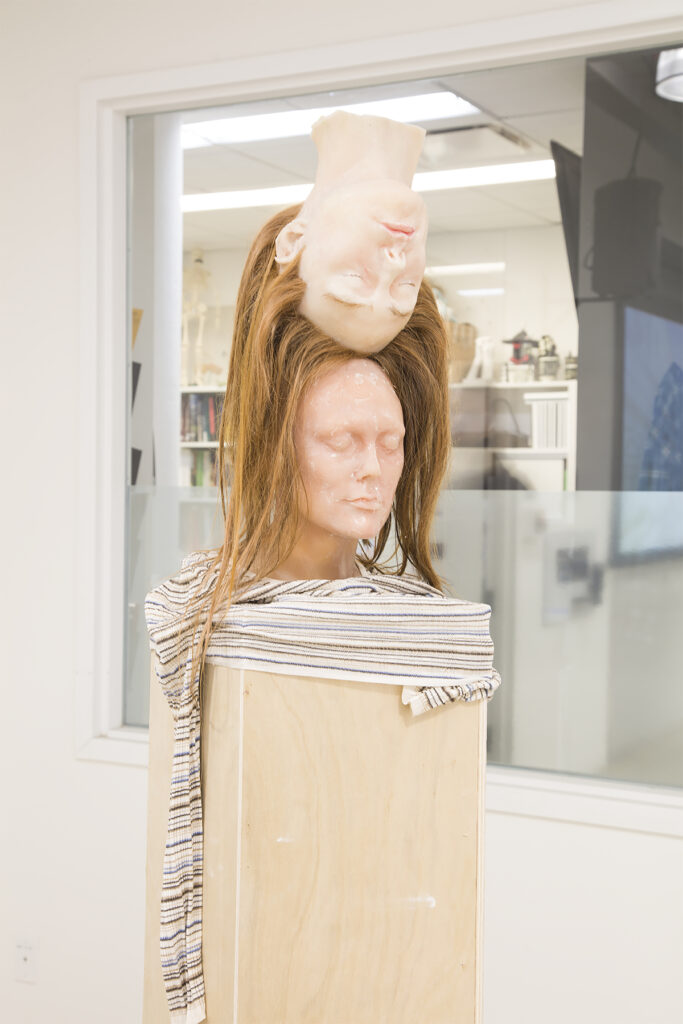
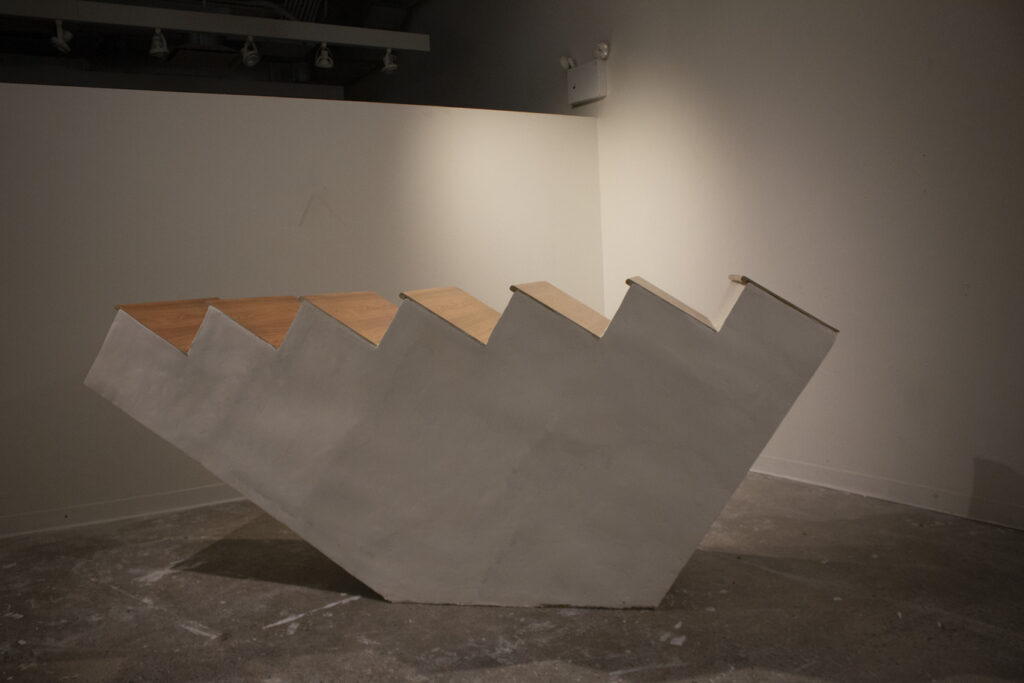
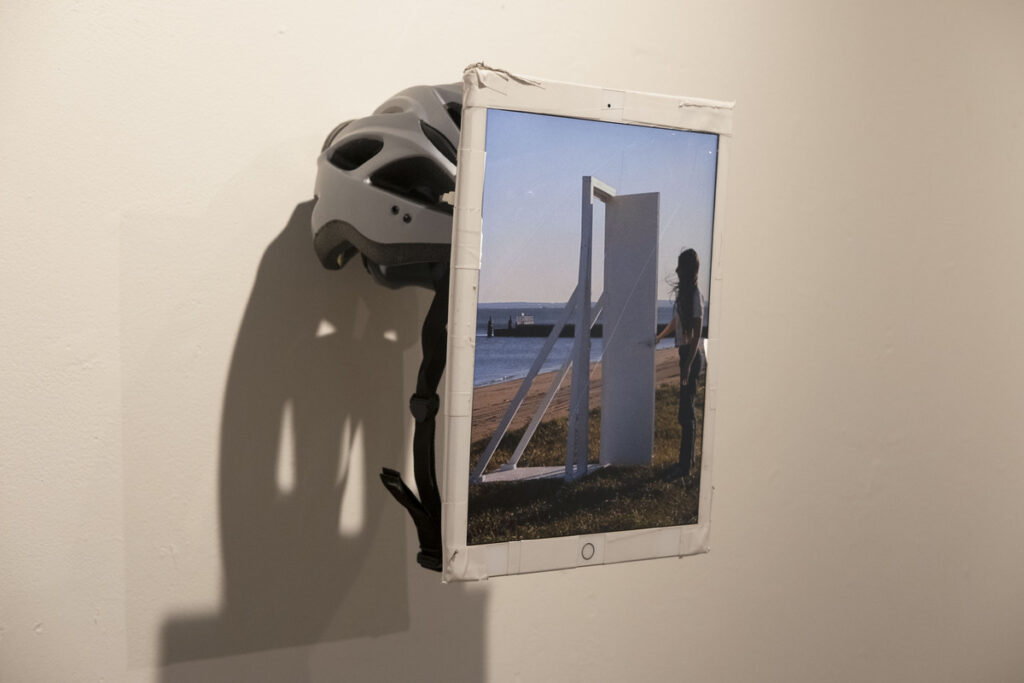
You admit that the pandemic changed you, not only as a person but as a creative. Describe that shift to us.
“Before the pandemic my work has been focusing on this slapstick commentary on intimacy in digital and capital worlds/age. A lack of presence, a commodification of the body, cringy intimacy, distortion of the self. But then the pandemic hit and suddenly all my work looked like they were made as a comment to the pandemic. They became about zoom, about distance. My work both got a new meaning, but also became much more literal. So I felt like I had to stop and rethink what message I wanted to put out there, because I didn’t feel like this work is actually contributing a voice, but more so like echoing.”
You essentially underwent a rebirth. Where is your work now?
“I am making work now that is much more about and with other people. That invited into my practice new aspects of art-making, like curatorial work, for exhibitions or editorial, creative production with other artists. Generally the motion is going outwards, reaching out, getting out of the seclusion of studio practice.. I want to make work that acts as a catalyst for engagement outside of the context of the gallery. I noticed also this change shifted the artists I’m looking into. I am looking for artists and ways of making art that engage differently with the “thing”, the “object-upon-agreement,” what is considered as art or art-making.
Artists such as Betsy Damon really impacted my development in recent years. She is a fearless artist that works to improve the way we look around us at our built environments through the quality of our water. I joined her non profit organization Keepers of the Waters, and working as part of the non-profit on some projects. But that’s still in the making.”
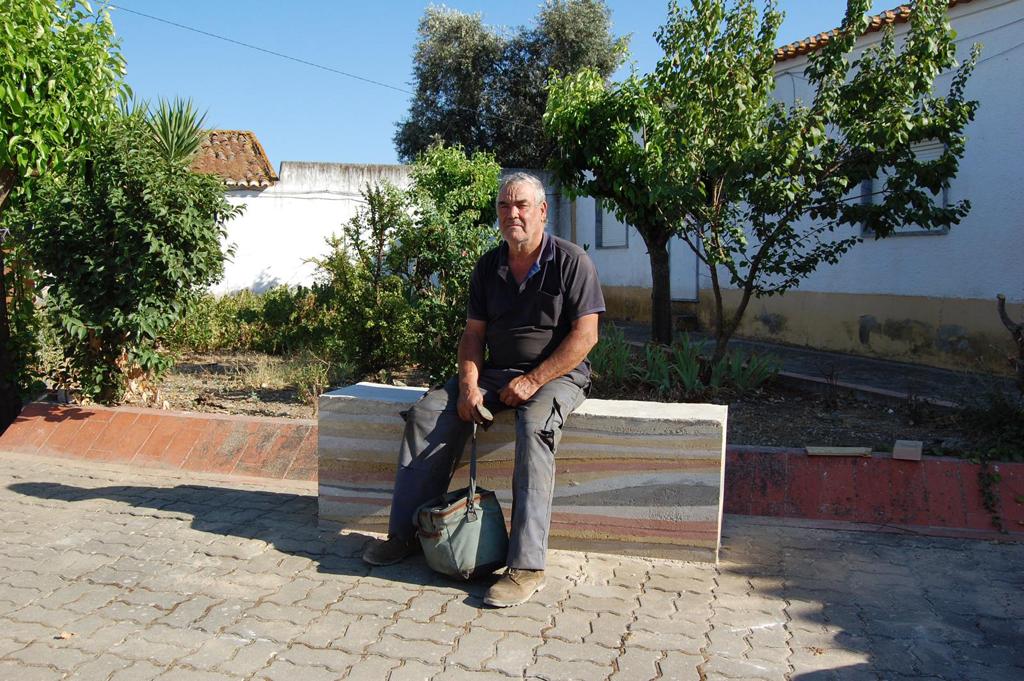
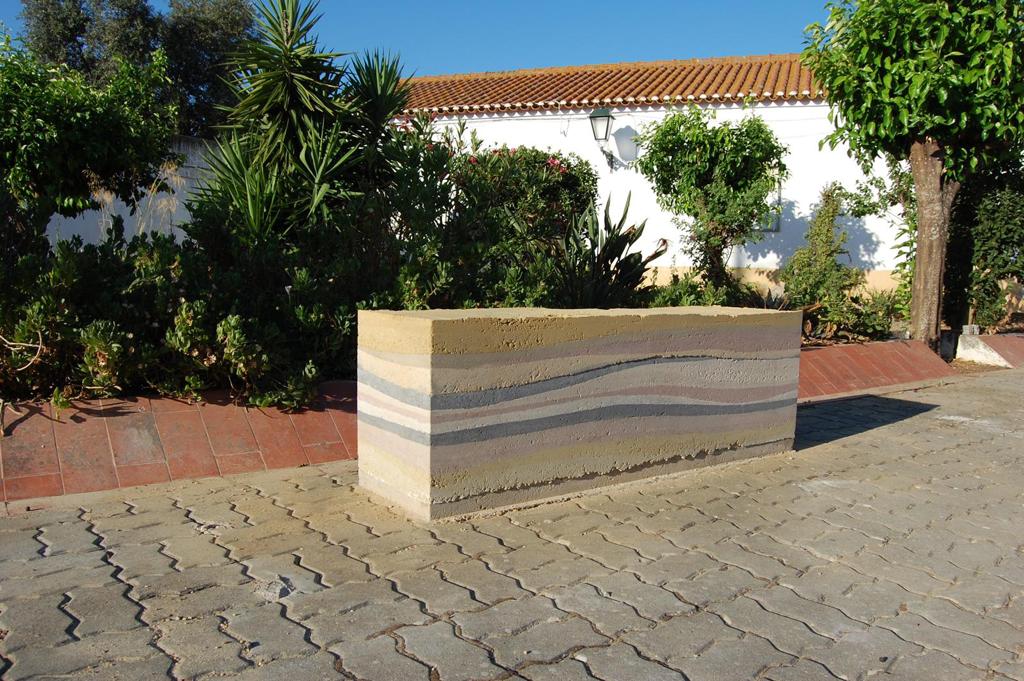
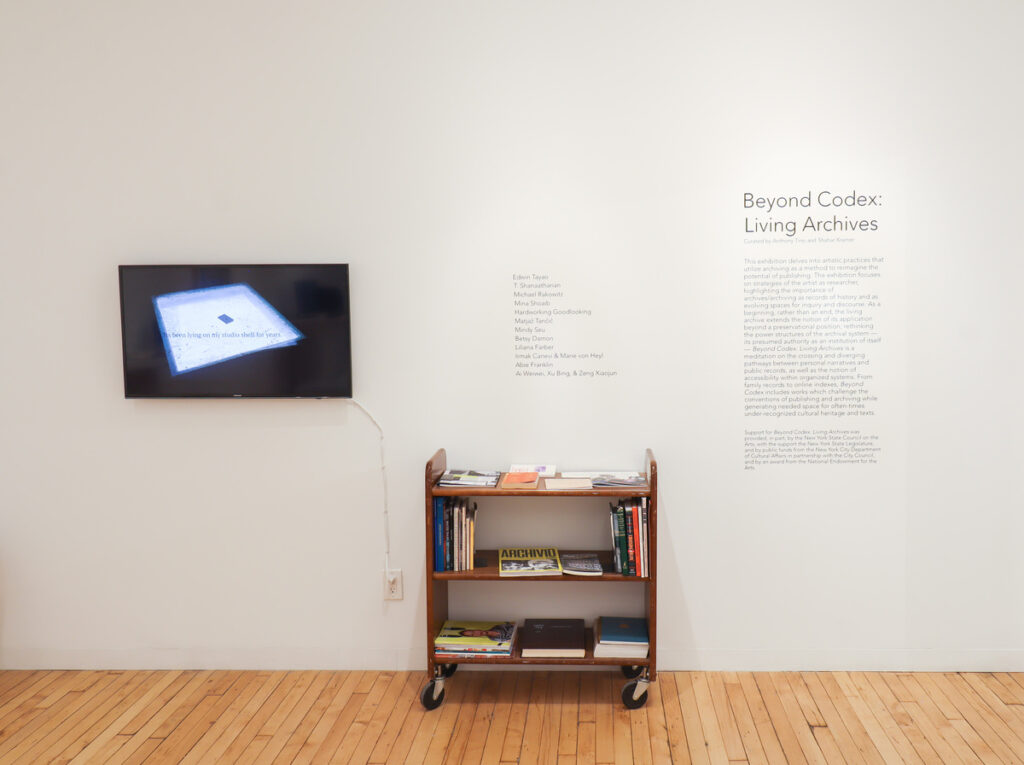
What kind of legacy does Shahar Kramer want to leave? What do you want the world to take away from your work?
“Legacy is a really big word, but what will be a meaningful achievement for me is getting people to notice the unnoticed. The most mundane things. Art making for me was always a way to keep that first hand experience of things, that first feeling it gave you, before you got used to it. If my work can awaken that in others, that will be the biggest accomplishment for me.“
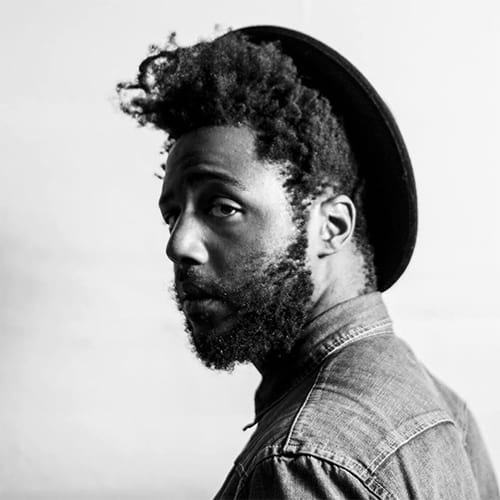
Akeem is our founder. A writer, poet, curator and profuse sweater, he is responsible for the curatorial direction and overall voice of Quiet Lunch. The Bronx native has read at venues such as the Nuyorican Poets Cafe, KGB Bar, Lovecraft and SHAG–with works published in Palabra Luminosas and LiVE MAG13. He has also curated solo and group exhibitions at numerous galleries in Chelsea, Harlem, Bushwick and Lower Manhattan.

